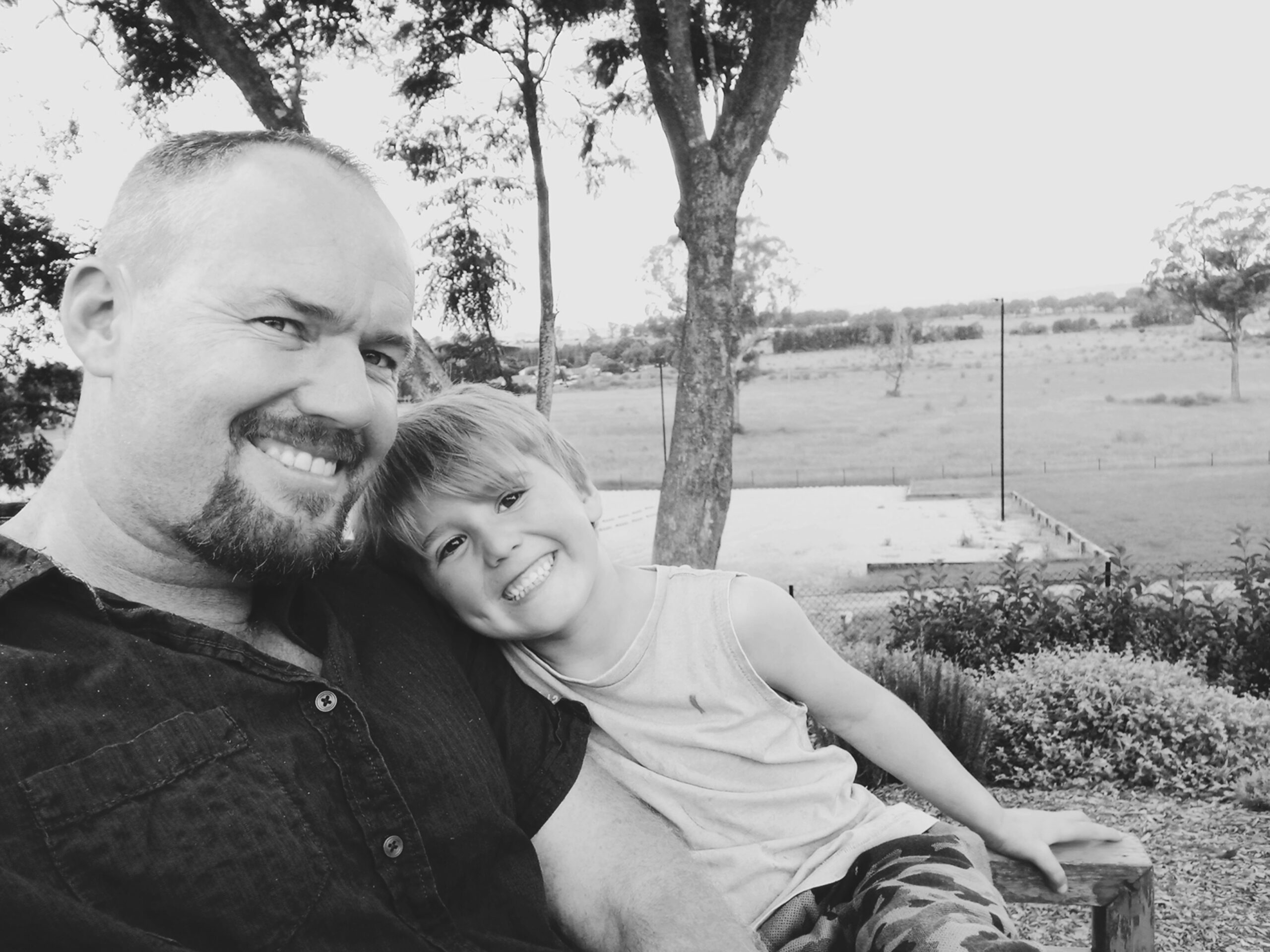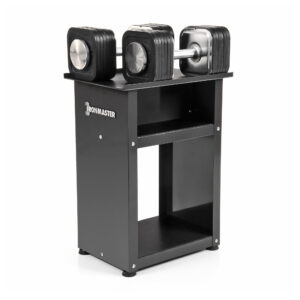LET US AS FATHERS, BE WORTHY OF OUR SONS AND DAUGHTERS

If there’s one thing I’ve learned about fatherhood, it’s that anger is contagious. Not just the kids’ anger – mine too. One minute, they’re fighting over who gets the blue cup, and the next, I’m standing in the kitchen barking orders like a drill sergeant. It’s not my proudest look, but it’s real. And if you’re anything like me, you’ve been there too.
The truth is, dealing with kids’ anger is hard enough when it’s just one child melting down. But when it’s multiple kids at once – screaming, blaming, and throwing whatever’s closest – it feels like trying to defuse a bomb while someone’s lighting another fuse behind your back. It’s chaos. And in those moments, staying calm feels about as likely as winning the lottery.
But here’s the thing: our kids aren’t born knowing how to handle their emotions. They’re learning, and unfortunately for us, we’re their teachers. That means how we react to their anger teaches them how to handle their own. No pressure, right? Let’s talk about what we can do – not perfectly, but better – to help our kids learn to self-regulate their anger while keeping our own tempers in check.
First off, anger isn’t bad. It’s just an emotion – one that signals something feels wrong or unfair. For kids, though, anger often comes out like a volcano: loud, messy, and unpredictable. Why? Because their brains are still under construction.
The part of the brain responsible for managing emotions (the prefrontal cortex) doesn’t fully develop until their mid-20s. So when your five-year-old is shrieking because their sibling looked at them “the wrong way,” it’s not because they’re trying to ruin your day – it’s because they don’t yet have the tools to process what they’re feeling.
That doesn’t make it any easier to deal with in the moment, but it helps to remember that their outbursts aren’t personal attacks on us as parents. They’re cries for help – even if they sound more like war cries.
Here’s where things get tricky: when our kids are angry, our instinct is often to match their energy. They yell; we yell louder. They slam a door; we threaten consequences. But here’s the hard truth I’ve had to face: when I lose my cool, I’m not teaching my kids how to handle anger – I’m teaching them how not to handle it.
Kids learn by watching us. If they see us shouting or storming off every time things get heated, guess what they’ll do? On the flip side, if we can model calmness (even when we’re faking it), we show them there’s another way to handle frustration. Easier said than done, right? Trust me, I know. There have been plenty of times when I’ve snapped before I could stop myself.
But here’s what I’ve realized: every time I manage to stay calm in the face of their chaos, I’m giving them a blueprint for emotional regulation.
So how do we teach our kids to manage their anger? Here are some strategies that have worked for me (when I remember to use them):
1. Name It to Tame It
One of the simplest ways to help kids process their anger is by helping them name what they’re feeling. Saying something like “You seem really angry right now” can help them feel seen and understood – and sometimes that alone is enough to start calming them down.
2. Teach Them Breathing Techniques
When emotions are running high, deep breathing can work wonders – for both kids and adults. Teach them simple exercises like “smell the flower, blow out the candle” (inhale deeply through the nose, exhale slowly through the mouth). It might feel silly at first, but trust me – it works.
3. Create a Calm-Down Space
Designate a spot in your home where your kids can go to cool off when they’re upset. Stock it with calming items like stuffed animals, coloring books, or sensory toys. The goal isn’t punishment; it’s giving them a safe space to process their feelings.
4. Use Stories or Analogies
Kids love stories, so use them to explain emotions. One analogy I’ve used is comparing anger to a soda bottle: if you shake it up and open it right away, it explodes everywhere. But if you let it sit for a while and release the pressure slowly, nothing spills.
5. Problem-Solve Together
Once they’ve calmed down (and this part is key – wait until after they’ve calmed down), talk about what triggered their anger and brainstorm solutions together. This helps them learn that problems can be solved without yelling or hitting.
Now let’s talk about us – because let’s be honest: staying calm when your kids are losing it feels impossible sometimes. Here are a few things that have helped me:
Teaching our kids how to manage their anger isn’t just about surviving tantrums today; it’s about setting them up for success tomorrow. Kids who learn emotional regulation grow into adults who can handle stress, navigate relationships effectively, and bounce back from challenges with resilience.
And here’s the bonus: as we work on helping our kids regulate their emotions, we end up improving our own emotional regulation too (whether we like it or not). It’s a win-win.
Here are some effective strategies for de-escalating conflicts between children:
Stay Calm and Neutral: Your emotional state sets the tone. Take a deep breath and avoid raising your voice, as this can escalate the situation
Separate and Create Space: If possible, physically separate the children to give them space to cool down and prevent further escalation
Acknowledge Emotions: Validate their feelings by saying something like, “I can see you’re both upset.” This helps them feel heard and understood
Use Active Listening: Give each child a chance to explain their side without interruptions. Reflect back what they’re saying to show you’re listening, e.g., “So you’re upset because your sister took the toy?”
Redirect Attention: Offer an engaging activity or distraction to shift their focus away from the conflict, such as a calming game or sensory activity.
Get on Their Level: Kneel or sit so you’re at eye level with them. This makes your presence feel less intimidating and fosters connection.
Set Clear Boundaries: Calmly explain unacceptable behaviors and why they’re not okay, e.g., “We don’t hit because it hurts others”.
Offer Choices: Instead of giving ultimatums, provide choices that give them a sense of control, e.g., “Would you like to take a break in your room or sit here with me?”.
Model Calm Problem-Solving: Once everyone is calm, guide them through resolving the issue together by brainstorming solutions that work for both sides.
Follow Up Later: After the conflict has been resolved, revisit the situation when everyone is calm to discuss what happened and how they can handle it differently next time.
These strategies help create a safe environment where children can express themselves while learning essential conflict resolution skills.
Let me leave you with this: every time you choose calm over chaos – every time you take a deep breath instead of yelling back – you’re not just teaching your child how to handle anger; you’re showing them what strength really looks like.
It won’t always be easy (or pretty). There will be days when everyone loses their cool – including you. But that’s okay. What matters is that you keep showing up, keep trying, and keep modeling the kind of emotional resilience you want your kids to carry with them into adulthood.
Fatherhood isn’t about being perfect; it’s about being present – even in the messy moments. So next time tempers flare in your house (and trust me, they will), remember: little volcanoes don’t erupt forever. With patience and practice – theirs and yours – calm will come again.

I am a father of 5 wild and awesome kids. and the creator of the IRON FATHER. This is a blog about self reflection and fatherhood, and striving to become better. From one father to another, we can all seek improvment and forge ourselves into the legend that our kids deserve.











IRON FATHER is a brand dedicated to empowering fathers to embrace their roles with strength, resilience, and active engagement in their children’s lives.
© All Rights Reserved IRON FATHER 2024.
This is a demo store for testing purposes — no orders shall be fulfilled. Dismiss